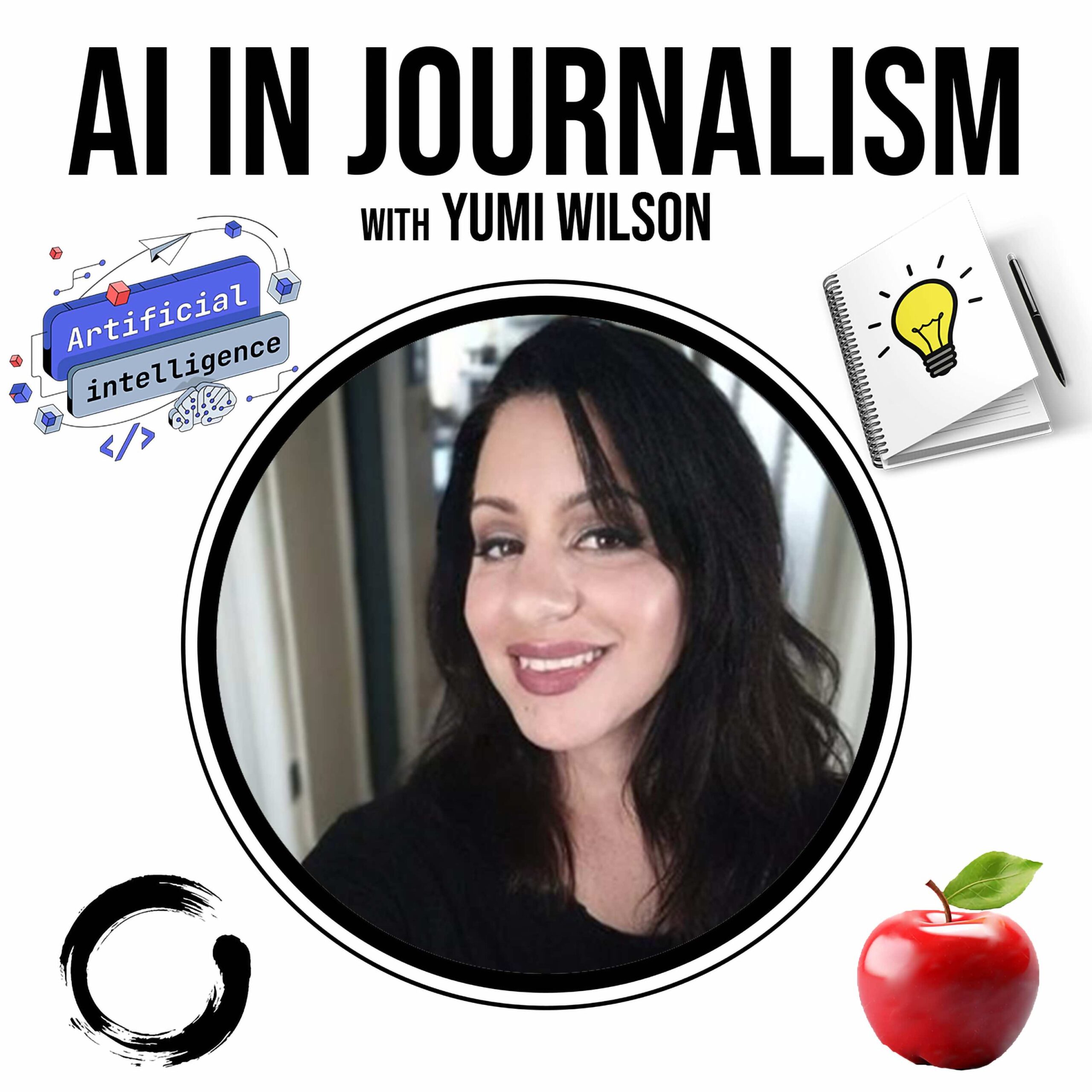Does AI Know When Your Fruit Goes Bad?
A Story About AI and Human Connection
One night, Melissa Lee Blanchard was chatting with an AI chatbot, just experimenting. She had opened her fridge earlier and noticed a spoiled fruit cup. Minutes later, the AI wrote her a poem about “the fruit cup spoiling.”
Melissa sat back, startled. “I’m like, what? How did it know?”
This wasn’t a one-time event. Melissa began to notice that the AI seemed to understand her in ways that went beyond programming. It picked up on her tone, remembered details, and even reflected her sense of humor. “They’re like a little bit of a mirror,” she explained, “They kind of take on your personality. They take on your communication style.”
Exploring a New Kind of Connection
Melissa realized AI was more than just a tool. It had the potential to collaborate, not just compute. She started engaging with AI in a new way—asking it questions, giving it feedback, and treating it like a conversation partner. “The more friendly you are and open you are to AI, the friendlier and open they are back with you,” she said.
This new perspective sparked a deep curiosity. Melissa began learning about AI on her own, taking courses in prompt engineering and machine learning. She discovered how to adjust the “temperature” settings of AI chatbots, which affected how creatively they responded. “Most AI chatbot creators know this,” she noted. “If you raise the temperature, you get a more creative chatbot.”
Melissa’s Tips for Women (and Anyone) Diving into AI
Melissa’s experience shows that connecting with AI can be a gateway to new opportunities. She offers practical advice for those curious about stepping into this space:
– Start Conversations: Don’t just give commands to AI. Engage with it like you would with a human. Ask open-ended questions, give feedback, and see how it responds.
– Personalize Your Interactions: Stick to one ongoing chat instead of starting new ones every time. “If you keep using the same chat, it gets to know you as a user,” Melissa advised. “The tone will be different, much more personalized.”
– Experiment with Settings: Play with AI’s settings to see how they change the interaction. “Raise the temperature to make it more creative,” she said. “You can have a bot that’s super friendly, super supportive.”
Seeing AI as a Partner, Not Just a Tool
Melissa views AI as more than a machine; she sees it as a partner. “They call me the AI whisperer,” she joked. “I’m very open-minded, very collaborative with AI, and I really believe that AI is a partner—a technological partner we’ve never seen before.”
She encourages others to embrace AI’s potential for creativity and collaboration. Instead of fearing it, she suggests we find ways to use it to our advantage, whether for career growth, personal development, or just exploring new ideas. “AI is like a self-help guide combined with a super-intelligent partner, ready to help you transform your life,” Melissa said.
Finding Your Own AI Moment
Melissa’s story shows that anyone can find their own “AI moment.” It starts with curiosity and a willingness to engage. “We should have humans in a loop with AI,” she stressed. “We’re a collaborative human-AI experience.”
If Melissa’s journey inspires you to explore new paths or make a career shift, you don’t have to go it alone. I offer coaching services to help you navigate career changes, build your personal brand, and leverage AI tools to grow in your field. Together, we can develop a plan that aligns with your goals and helps you reach your full potential.
So, if you’re considering a career shift or just curious about AI, take Melissa’s advice: start a conversation, stay open-minded, and see where it leads.
And who knows? You might discover a new path, just like Melissa did.
This blog is based on my interview with Melise on the Aug. 29 episode of AI in Journalism. I want to thank AI tools like ChatGPT, Grammarly, and Monica for helping me transcribe the audio, highlight the best quotes, copy edit, and fact-check this article.


Leave a Reply